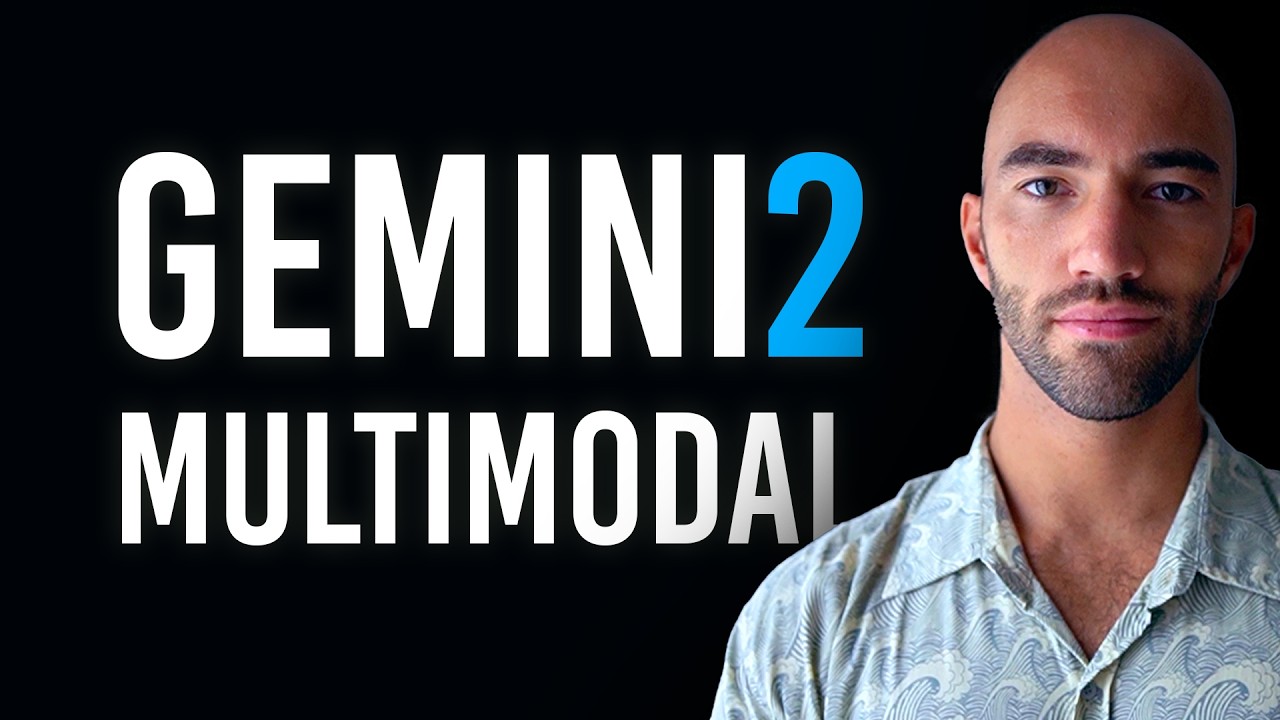The video discusses Google’s Gemini 2 model, highlighting its impressive multimodal capabilities, particularly in text-to-image and image-to-text functionalities, and its potential to rival OpenAI’s offerings. The presenter demonstrates the model’s performance with underwater images, noting its ability to identify marine life and produce structured output, while expressing optimism about its future improvements and applications in agent use cases.
In the video, the presenter discusses Google’s new Gemini 2 model, expressing excitement about its capabilities and potential to rival OpenAI’s offerings. The presenter notes that while they need to conduct further testing, Gemini 2 appears to be a strong contender in the landscape of language models (LMs). They highlight the model’s focus on agent use cases, suggesting that agents may represent the future of LMs and AI. The structured output produced by Gemini 2 is particularly impressive, which sets the stage for exploring its multimodal functionalities, specifically text-to-image and image-to-text capabilities.
The presenter demonstrates Gemini 2’s performance using a series of underwater images, which are not particularly clear or well-defined. They aim to evaluate how well the model can describe the contents of these images and identify various marine life. The video includes a walkthrough of the setup process, including obtaining a Google AI Studio API key and initializing the model. The presenter emphasizes that the easiest way to run the examples is through Google Colab, although they also provide instructions for local execution.
As the presenter begins to analyze the first image, they ask Gemini 2 to describe what it sees. The model successfully identifies various elements, such as clownfish and corals, although it occasionally misses some details. The presenter notes that the results can vary significantly from one run to another, suggesting that Google may be making real-time adjustments to the model. They also discuss the importance of setting parameters like temperature and frequency penalties to improve the output quality.
In subsequent examples, the presenter explores Gemini 2’s ability to draw bounding boxes around identified objects in the images. They find that the model can produce structured JSON output, which is useful for further analysis. While the model performs well in identifying fish and corals, it sometimes struggles with accuracy, particularly with certain species. The presenter expresses optimism about the model’s potential, especially as it continues to improve with ongoing updates from Google.
Overall, the video concludes with the presenter’s positive assessment of Gemini 2’s capabilities, particularly in structured output and agentic functions. They believe that this model could encourage users to explore alternatives to OpenAI’s offerings, especially for applications involving agents. The presenter is excited about the future of Gemini 2 and its potential impact on the AI landscape, inviting viewers to stay tuned for further developments and tests.
